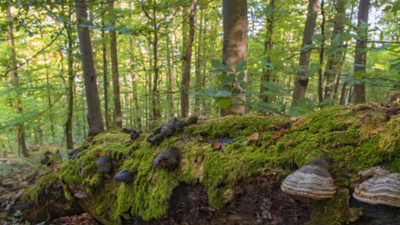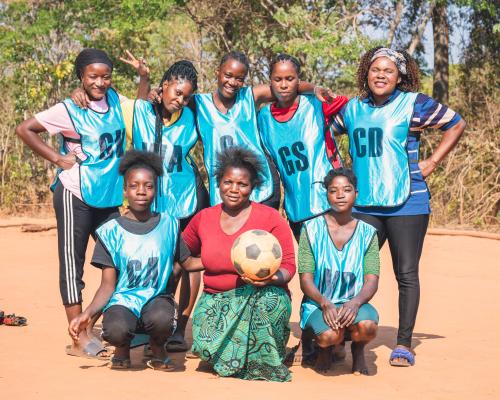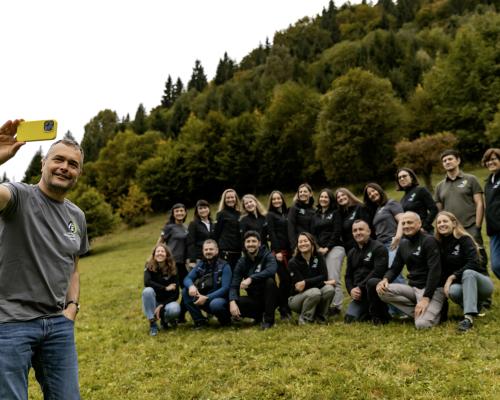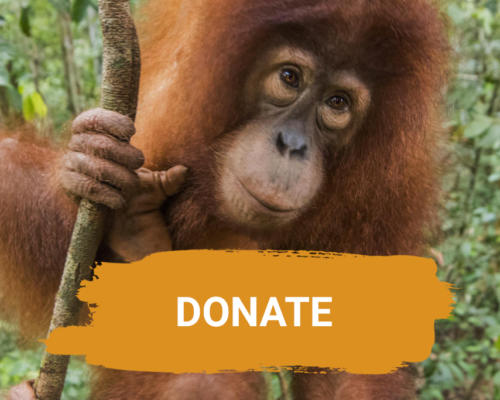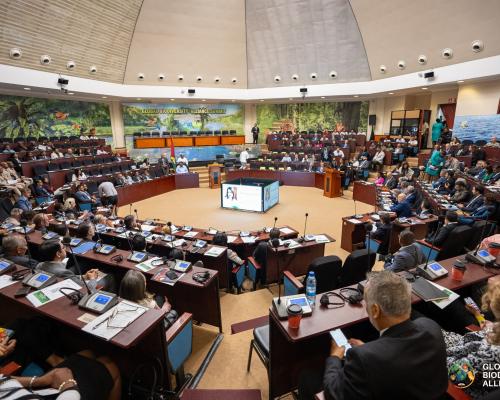The damage can be seen in satellite images. Says Astrid Aguilar, FZS Gold Mining and Conservation Coordinator. But global solutions are needed.
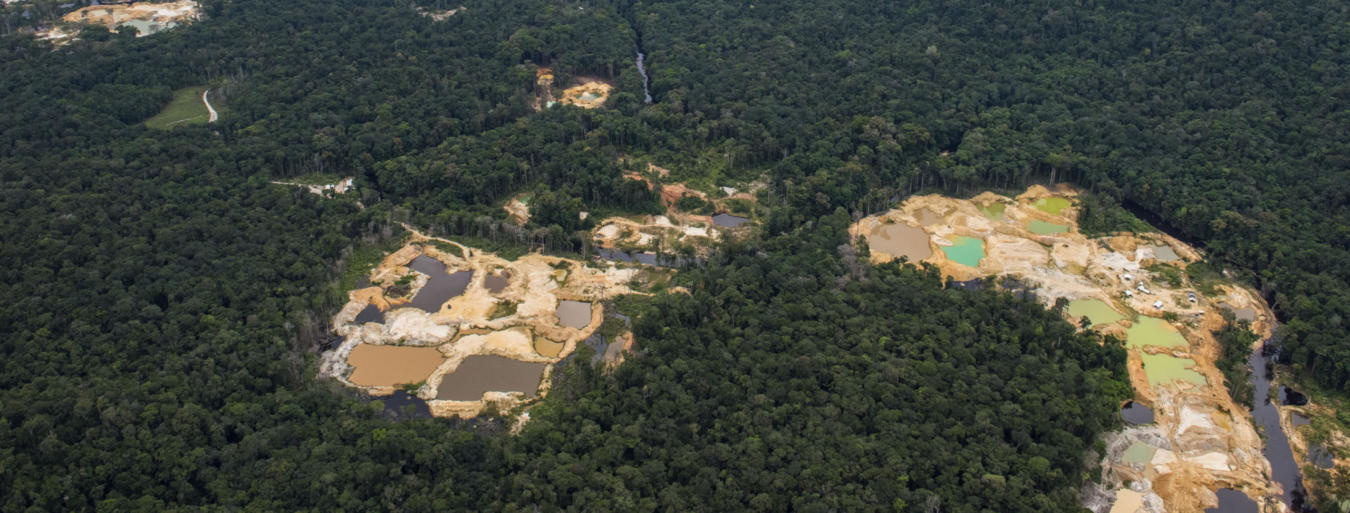
Expert opinion: Illegal Gold Mining in the Amazon
- Gold mining is causing deforestation, to the scale where it can be seen in satellite images
- This is an industry that is attractive to some because it is profitable
- Weak traceability regulations encourage the problem to persist
- FZS releases a monthly newsletter providing a comprehensive update on illegal gold mining in the Amazon
Astrid Aguilar: My job includes keeping up to date on all aspects related to illegal and informal gold mining in the Amazon, mainly in Colombia, Guyana, and Peru, such as trade and environmental impacts of mercury, relevant political decisions, and the global gold market just to name a few. The second major part of my work is to develop site-specific strategies and action plans with our project leaders to keep gold mining out of FZS-supported protected areas in the Amazon. FZS recognizes that the threat of illegal and informal gold mining is a problem that spans nine countries, therefore I also coordinate activities with two non-governmental working groups: the “Amazon Alliance to Reduce the Impacts of Gold Mining” and the “Observatory of Illegal Mining and Related Activities in Key Biodiversity Areas”.
Astrid Aguilar: A recent study has estimated that almost 100,000 hectares of pristine Amazonian rainforest have been lost in one region of Peru because of gold mining. As well, an article in O globo mentioned that small-scale gold miners were responsible for the loss of 10,500 hectares of forest in Brazil last year. The damage caused by the mining, even though it was small-scale, was large enough to be seen in satellite images.
But deforestation is not the only impact of illegal gold mining. There is also invisible but highly toxic damage caused by mercury during the gold amalgamation process. For example, unhealthy amounts of mercury in fish tissue have been found, and since local indigenous and non-indigenous communities rely on fish as their main protein source, mercury has also made its way into their bodies revealing itself in their hair and blood. This a public health concern. Not only that but miners are also dredging rivers to access the gold, changing watercourses and causing negative impacts to the amount and diversity of fish.

Astrid Aguilar: Illegal gold mining promises a quick income for people who struggle to enter the job market, especially since gold prices are skyrocketing, making it profitable to extract gold from places previously considered unprofitable. This is the biggest motivation for illegal miners to continue working and for new miners to start– particularly now with the challenging situation caused by COVID-19. But we have to remember that this activity will continue as long as there is a market willing to buy that gold.
Astrid Aguilar: There is a lack of traceability within the gold supply chain which makes it possible to launder illegally extracted gold and have it pass as legal gold. Even the London Bullion Market Association refineries in Switzerland and the USA have not been able to avoid illegally extracted gold. Also, organized crime is taking advantage of this weakness. The work of investigative journalists has been key to revealing the link between gold, drug trafficking, and money laundering, making the issue not only an environmental and social problem but a transnational security one. Actions against illegal gold have started to be taken in the Amazon through military operations and formal investigations, but there has been a weak response from countries importing the gold.
“The damage caused by the mining, even though it was small-scale, was large enough to be seen in satellite images.”
Astrid Aguilar: Gold prices are very attractive to existing illegal miners in the Amazon, and a huge temptation for those who need an income. Also, law enforcement is a costly and complex matter considering the Amazon is vast with many areas that are not easily accessible by law enforcement but with perfect hiding places for miners.
A well-known example of how difficult it is to stop illegal gold mining occurred in March 2019 when the Peruvian government started a military operation called Operación Mercurio in a major hub for illegal mining activities called La Pampa in Madre de Dios. This makeshift “camp” was occupying part of the Tambopata National Reserve, it was a place where many crimes were rampant. The military operation is struggling to succeed as miners have adapted, and are now either working at night to avoid patrol or they simply moved to another location and are continuing to work.
Astrid Aguilar: We mainly work to conserve wildlife and ecosystems by focusing on protected areas and outstanding wild areas. Illegal gold mining has directly or indirectly impacted our project areas in Colombia, Guyana and Peru. The way we help combat the ever-growing threat of gold mining is by supporting the teams in those areas with funding, expertise, and equipment. For example to build control outposts, implement ranger patrols and support studies on mercury contamination. Now we are releasing a newsletter called Tracking the Amazon Gold Rush, which provides a comprehensive selection of news articles reporting on illegal gold mining activities in the Amazon. The goal of which is to inform government officials, decision-makers, individuals working in the gold industry, and you! Everyone can sign up and make use of the knowledge collected there.
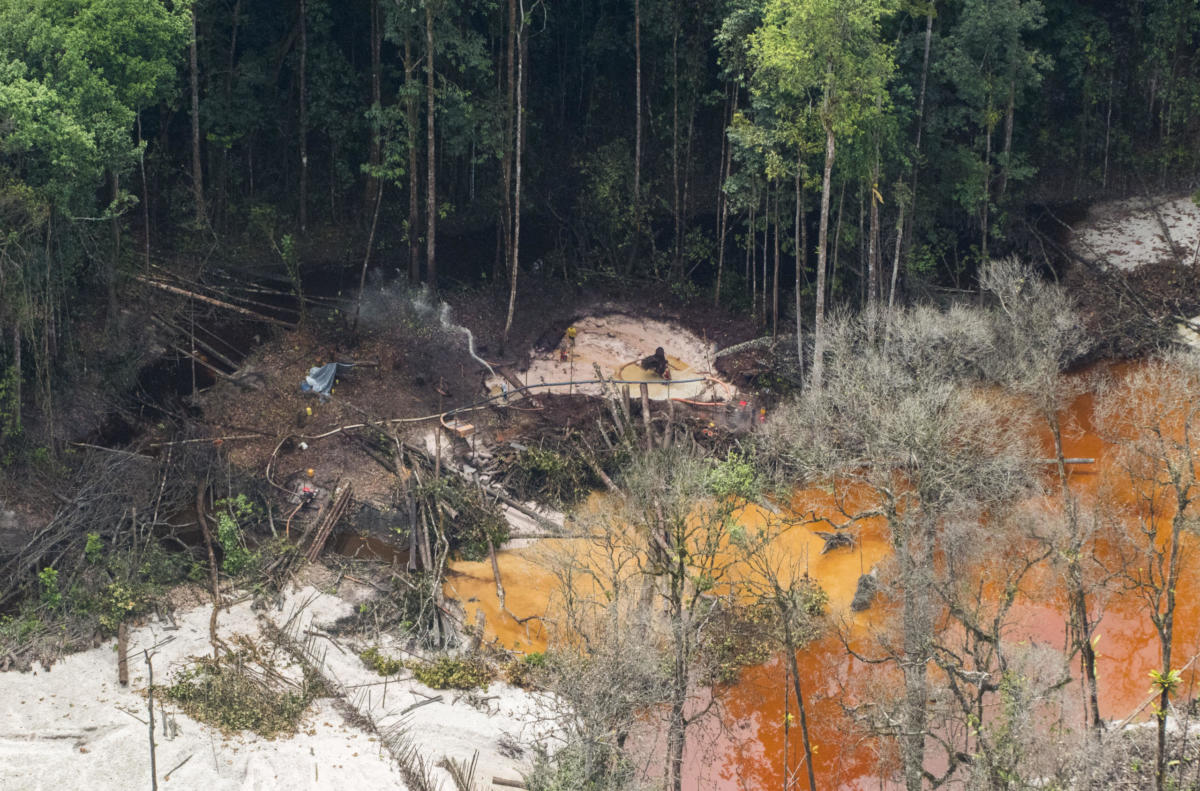
Astrid Aguilar: We are in a financial crisis. Quarantine has not stopped illegal mining so far, and it is likely to jump exponentially after lockdowns ease. We have access to comprehensive media coverage on the issue which we compile into this newsletter, if you want to be informed about illegal gold mining in the Amazon, this is the newsletter you need.


